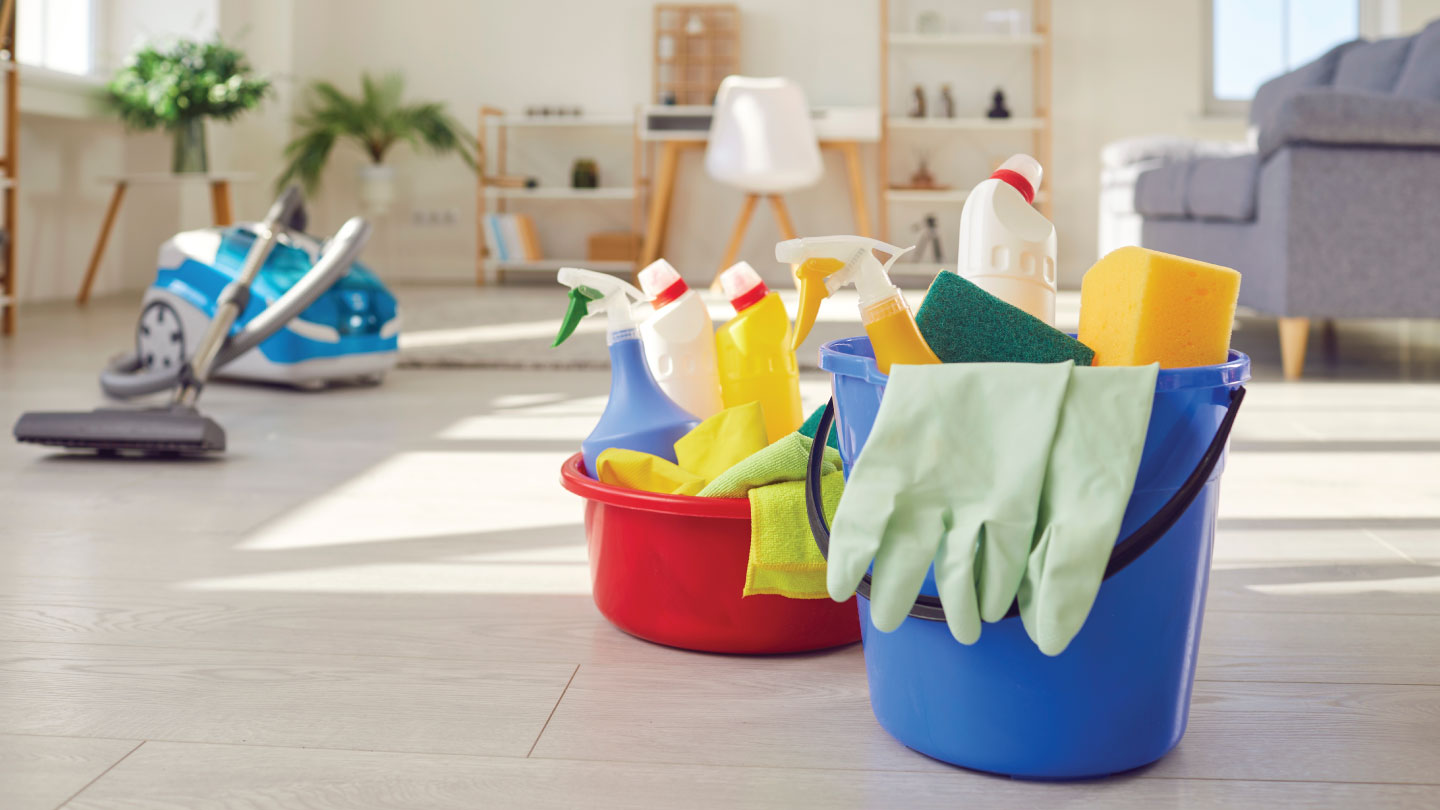Parenting
Unsafe Toys For Children
Kids aged 3 and under are at risk of choking as they often put playing objects in their mouths. Therefore, parents must inspect their children's toys and follow toy safety guidelines to supervise their playtime.

If you have a toddler in your home, then you can surely relate to this situation: seeing your house scattered with all types of toys. A home with a toddler often looks like a mini amusement park where every room becomes an adventure zone. Sometimes it feels like there's a toy tornado that's made its way through the house, leaving a trail of blocks, dolls, cars, and stuffed animals in its wake.
We see you! Get exclusive access to the best parenting advice from experts. Sign up today.
Playtime for your children should be safe and fun. Toys serve as tools for children, blending entertainment with exploration as they navigate their world, learn, role-play, and express emotions. Their symbolic nature also enables kids to comprehend complex concepts.
Children tend to explore their physical world through opportunities by observing the environment. In the process, kids, sometimes may try to eat everything around them except food. This can increase the risk of choking at times as toys can get stuck in the child’s food pipe and may even get in the airway.
Related story: 6 Ways To Help Your Child Develop Healthy Eating Habits
Signs Child May Have Swallowed A Toy
If you suspect a child has swallowed a toy or any non-food item, it's crucial to watch for signs that might indicate this has occurred. It's essential to seek immediate medical attention. Don't try to induce vomiting unless directed by a healthcare professional, as this could cause further complications. Prompt action is crucial to ensure the safety and well-being of the child.
Some signs to look out for include:
- Choking or difficulty breathing: If the child suddenly struggles to breathe or appears to be choking, it could indicate an obstruction in the airway. To get the stuck object out, try the heimlich maneuver, an abdomen thrust method for choking. Turn the child's face upside down with their chest resting on your forearm. Make sure their head is lower than their body. Using the heels of your palm, firmly strike the child's shoulders until the object comes out.
- Coughing or gagging: Persistent coughing, gagging, or drooling without any apparent cause could suggest that something is lodged in the throat.
- Pain and discomfort: Complaints of pain in the throat, chest, or abdomen, or evident discomfort, could be a sign of an object causing irritation or blockage.
- Refusal to eat or drink: If a child suddenly refuses to eat or drink, it might indicate discomfort or an obstruction in the digestive tract.
- Vomiting: Unexplained vomiting, particularly if it occurs shortly after playing with a toy, can indicate that something has been ingested that shouldn’t have been.
Related story: How To Encourage Your Child To Be Active
Dangerous Toys for Kids
Even though they might seem harmless, toys have potential hazards that could compromise a child's well-being. Understanding the characteristics and types of toys that may pose threats is vital for caregivers and parents in safeguarding their young ones from potential harm during play.
Here are examples of potentially dangerous toys for toddlers and explanations of why they can be unsafe:
1. Toys with small parts: Toys containing small parts, like marbles, detachable pieces, doll accessories, or small balls, pose a choking hazard for toddlers. Young children tend to explore by putting objects in their mouths, increasing the risk of choking if these parts are swallowed.
2. Toys with sharp edges: Toys with sharp edges or that shoot projectiles, such as darts, arrows, or toy guns, can cause eye injuries, cuts, scratches, or even more serious injuries if a toddler falls while playing or handles the toy roughly.
3. Toys with long strings or cords: Items like jump ropes, cords on pull toys, or toys with long strings can pose a strangulation risk. Toddlers might accidentally wrap these around their necks or get entangled, leading to serious injuries or strangulation.
4. Toys with small batteries and magnets: Toys powered by small button batteries or containing magnets can be hazardous if swallowed. According to a 2022 report issued in the John Hopkins Medicine, the most severe cases involve lithium batteries, slightly larger than a penny, being swallowed, as they pose a greater risk of getting stuck in a child's oesophagus, potentially causing burns at the point of obstruction.
5. Toys with toxic materials: Some household items such as jewellery, earrings or rings might contain or be coated with harmful chemicals or toxic materials in their paint or construction. Toddlers tend to explore toys by touching, licking, or chewing on them, increasing the risk of exposure to these harmful substances.
6. Riding toy vehicles without proper safety features: Riding toys like scooters, bicycles, or ride-on cars without adequate safety features, such as helmets or proper balance support, can increase the risk of falls, collisions, or head injuries.
7. Toys with loud noise: Toys that produce excessively loud noises can potentially damage a toddler's hearing if used too close to their ears or for extended periods.
Related story: 6 Things Never To Say To Children About Food
Things To Look Out For When Buying Toys
When purchasing toys for kids, several crucial factors ensure both enjoyment and safety. Choose toys suitable for the child's age and developmental stage. Age guidelines on toy packaging help select items with appropriate complexity and safety features.
- To ensure toy safety, it's recommended that toys meet specific size criteria, ideally at least 1¼" (3 centimetres) in diameter and 2¼" (6 centimetres) in length, reducing the risk of swallowing or lodging in the windpipe.
- Steer clear of marbles, coins, balls, or games with balls smaller than 1.75 inches (4.4 centimetres) in diameter, as they may cause breathing difficulties if lodged in the throat.
- Battery-operated toys should have secured battery compartments, fastened with screws, to prevent children from opening them.
- Avoid giving balloons, latex, or vinyl gloves to children under 8 years old. Children might accidentally inhale or choke on these items while blowing them up or chewing on them.
If you suspect the child has swallowed non-food items then call your doctor at once or visit the nearest emergency room. The healthcare facility may recommend getting an x-ray done of the neck, chest and abdomen. It's crucial for caregivers to carefully inspect toys for age-appropriate features, sturdiness, absence of small parts, and toxic materials before allowing toddlers to play with them. Additionally, supervision during playtime is essential to ensure the child's safety and prevent accidents or injuries.
We see you! Get exclusive access to the best parenting advice from experts. Sign up today.
EXPLORE MORE
Here’s how gentle screen time supports early development of kids and what shows you should pick to nurture young minds.
From partners to parents to friendships, phubbing is disrupting relationships everywhere. Learn more about it and how to reorient yourself.
From acidity to poor sleep, here are safe fixes that fit easily into everyday routines.
Smart cleaning tips to keep in mind so those with asthma or allergies can breathe easier.










